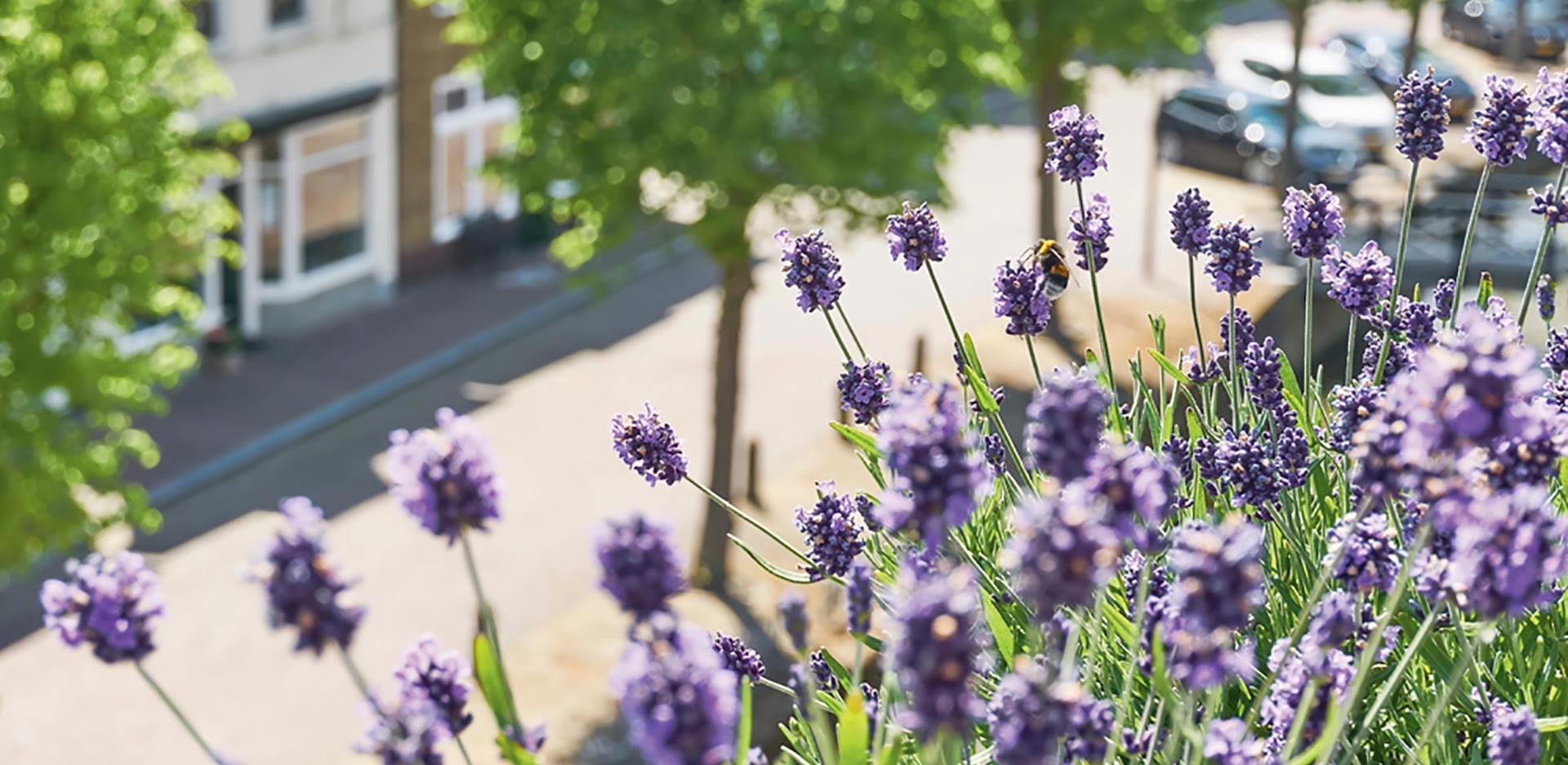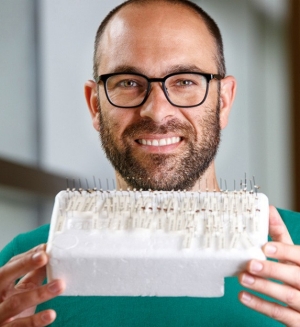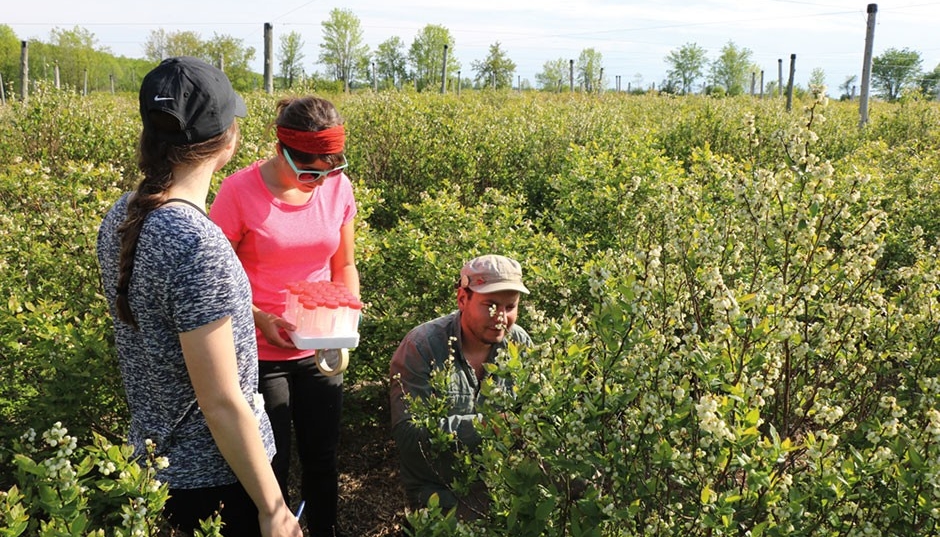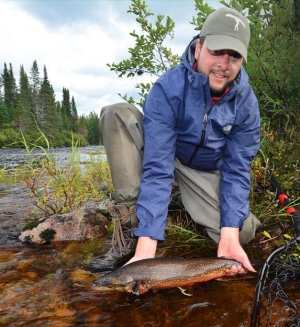As COVID-19 has recently underscored, green spaces are also crucial for mental health and physical well-being. A recent survey found that Canadians flocked to local parks in greater numbers throughout the pandemic.
“Green spaces can make us happier, healthier and safer in our cities,” Ziter says. “But do we need biodiversity for that?” Consider the ash, she says. It was once planted all over Montreal, replacing rows of elms that graced many streets until the advent of Dutch elm disease.
Then came the emerald ash borer, a beetle native to northeastern Asia that decimated thousands of ash trees in the city. About 3,600 trees in Angrignon Park — which spans 97 hectares in the Sud-Ouest borough — were targeted for removal in 2019 as a result. The year before, 40,000 ash trees on Mount Royal were felled.
Entire streets lost their leafy canopies, Ziter adds: “It’s a reminder of the way biodiversity changes in our cities depending on disturbances that occur. Today, new plantings are more diverse, with the idea of future resilience in mind.” Disturbances both local and global, from habitat loss to pollution and climate change, concern researchers like Ziter affiliated with Concordia’s transdisciplinary Next-Generation Cities Institute.
“We need to see natural elements — trees, parks, waterways — in our cities as critical infrastructure, the same way that we pay attention to roads, bridges and buildings.” Better management of urban green spaces will help birds, insects and migratory species, which will subsequently impact ecosystems beyond a city’s borders, adds Ziter. Efforts to improve urban biodiversity are important but can sometimes be misguided without scientific guidance.
Ziter cites the example of bees, a prominent symbol of biodiversity and conservation that has spurned an urban apiary craze. Gail MacInnis, MSc 12, a postdoctoral fellow in Ziter’s lab who looked at the effects of urban hives, concluded that they did little to help native bees.
“It’s like saying, ‘I’m concerned about the birds and the loss of bird species, so I’m going to get a chicken coop,’” explains Ziter. “You can see that sounds silly when we say it about birds. How will your chicken coop help save bird biodiversity?” An overabundance of honeybees could actually endanger wild bee species.
The domesticated European honeybee is a managed species that competes with native wild pollinators for limited food sources. So what would a constructive strategy to help bees look like? Promoting the growth of wildflowers and trees with pollen would be a good start, asserts Ziter.


 “We need to see natural elements — trees, parks, waterways — in our cities as critical infrastructure,” says Carly Ziter.
“We need to see natural elements — trees, parks, waterways — in our cities as critical infrastructure,” says Carly Ziter.
 “If plants can’t reproduce, we won’t have food. It’s as simple as that,” says Jean-Philippe Lessard.
“If plants can’t reproduce, we won’t have food. It’s as simple as that,” says Jean-Philippe Lessard.
 Stephanie Gagnon, Carly McGregor, BSc 19, and Sergio Vega, MSc 18, former students in Jean-Philippe Lessard’s lab, investigate how to maximize pollinator diversity and services in commercial blueberry fields in Quebec’s Montérégie region.
Stephanie Gagnon, Carly McGregor, BSc 19, and Sergio Vega, MSc 18, former students in Jean-Philippe Lessard’s lab, investigate how to maximize pollinator diversity and services in commercial blueberry fields in Quebec’s Montérégie region.
 “There’s tremendous opportunity, if we can do this right, to fulfill multiple objectives,” says Monica Mulrennan.
“There’s tremendous opportunity, if we can do this right, to fulfill multiple objectives,” says Monica Mulrennan.
 “There are huge concerns about the changes humans are imposing on the natural world,” says Dylan Fraser.
“There are huge concerns about the changes humans are imposing on the natural world,” says Dylan Fraser.